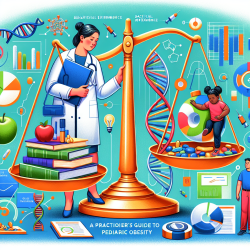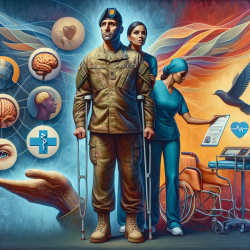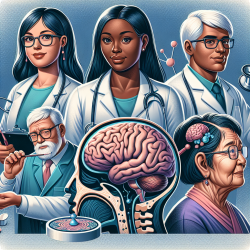In the ever-evolving field of speech-language pathology, it's crucial to continuously refine our practices and stay informed about diverse psychological theories. One such theory that has significantly shaped our understanding of human behavior is psychoanalysis. Rooted in the work of Sigmund Freud, psychoanalysis offers valuable insights that can enhance therapeutic outcomes, particularly for children.
Freud's theories emphasize the importance of early childhood experiences and the unconscious mind. While some aspects of his work have faced criticism, his contributions remain foundational. Freud's technique of free association, for instance, encourages patients to speak freely, uncovering repressed thoughts and emotions. This approach can be adapted in speech-language therapy to help children express themselves more openly, fostering better communication skills.
Freud's students, including Carl Jung, Alfred Adler, Erik Erikson, and Karen Horney, expanded and challenged his theories, offering unique perspectives that can also be integrated into practice. Jung's concept of the collective unconscious and archetypes can help therapists understand the universal symbols and themes in children's communication. Adler's emphasis on overcoming feelings of inferiority can guide therapists in building children's self-esteem and confidence.
Erikson's psychosocial stages highlight the importance of social and cultural factors in development. By understanding the specific challenges children face at different stages, therapists can tailor their interventions more effectively. Horney's focus on cultural and societal influences, particularly gender roles, underscores the need to consider these factors in therapy.
Implementing these psychoanalytic insights can enhance your practice, leading to better outcomes for the children you serve. By fostering a deeper understanding of the unconscious mind, early childhood experiences, and the social context, you can create a more supportive and effective therapeutic environment.
To read the original research paper, please follow this link: An Introduction and Brief Overview of Psychoanalysis.










